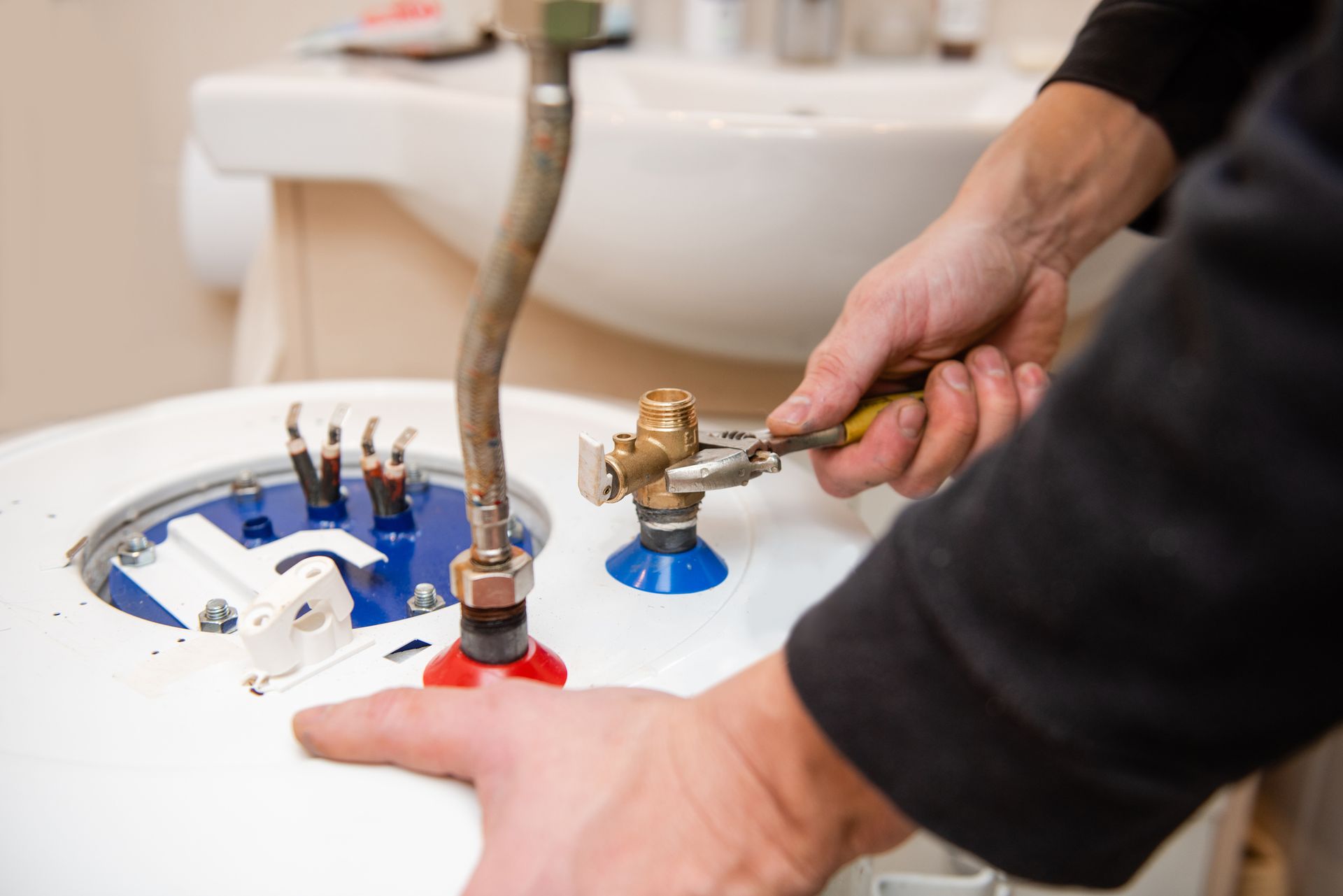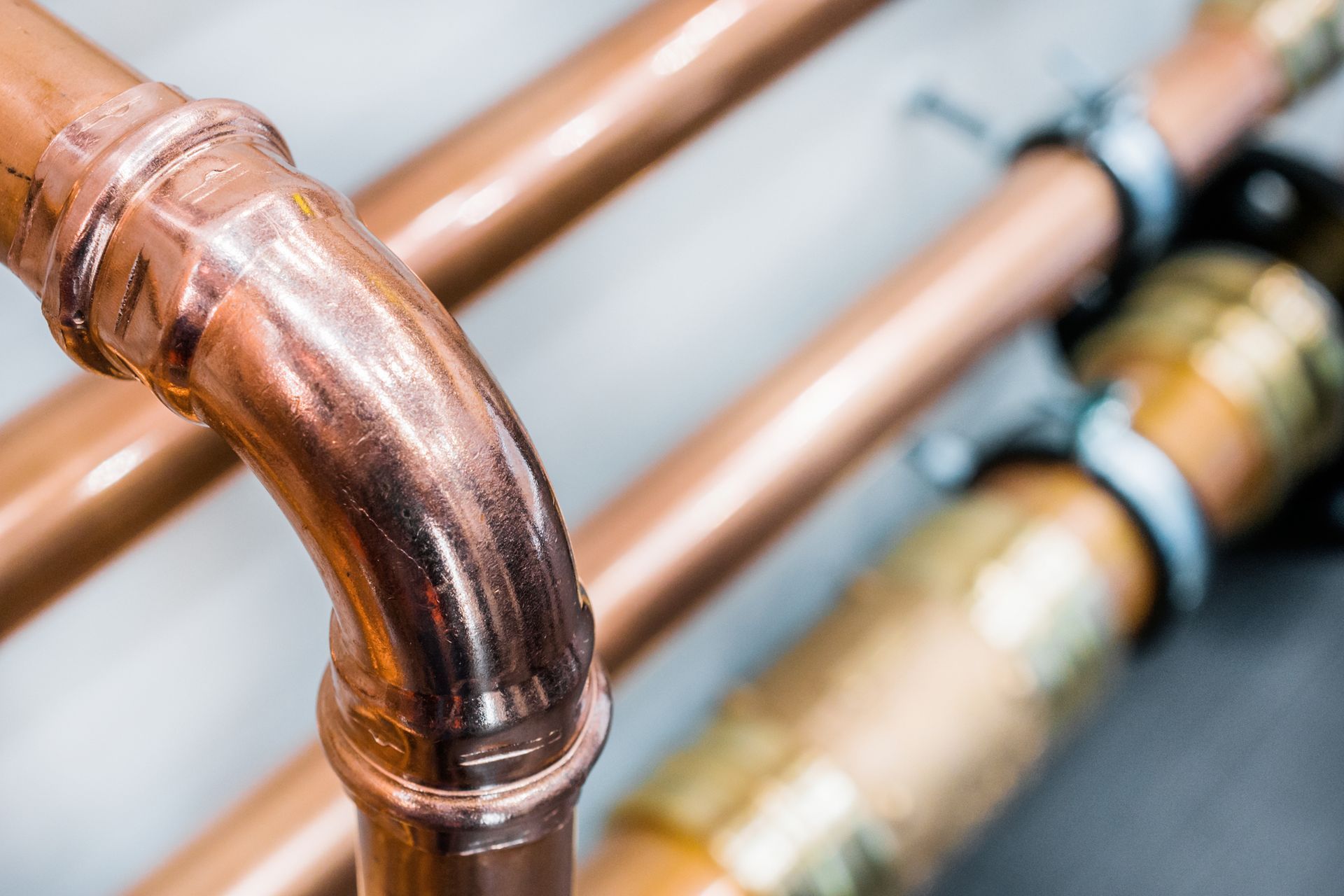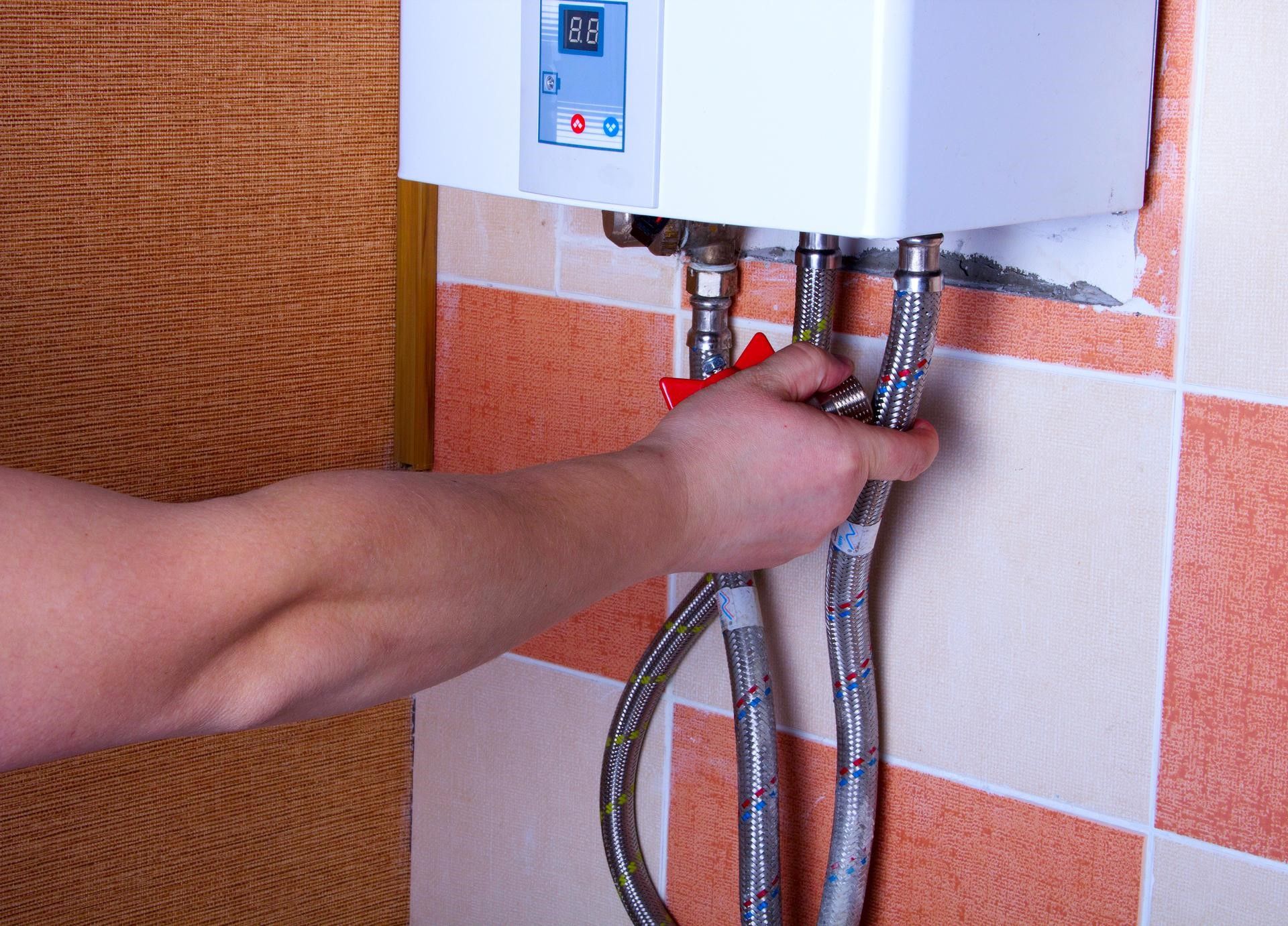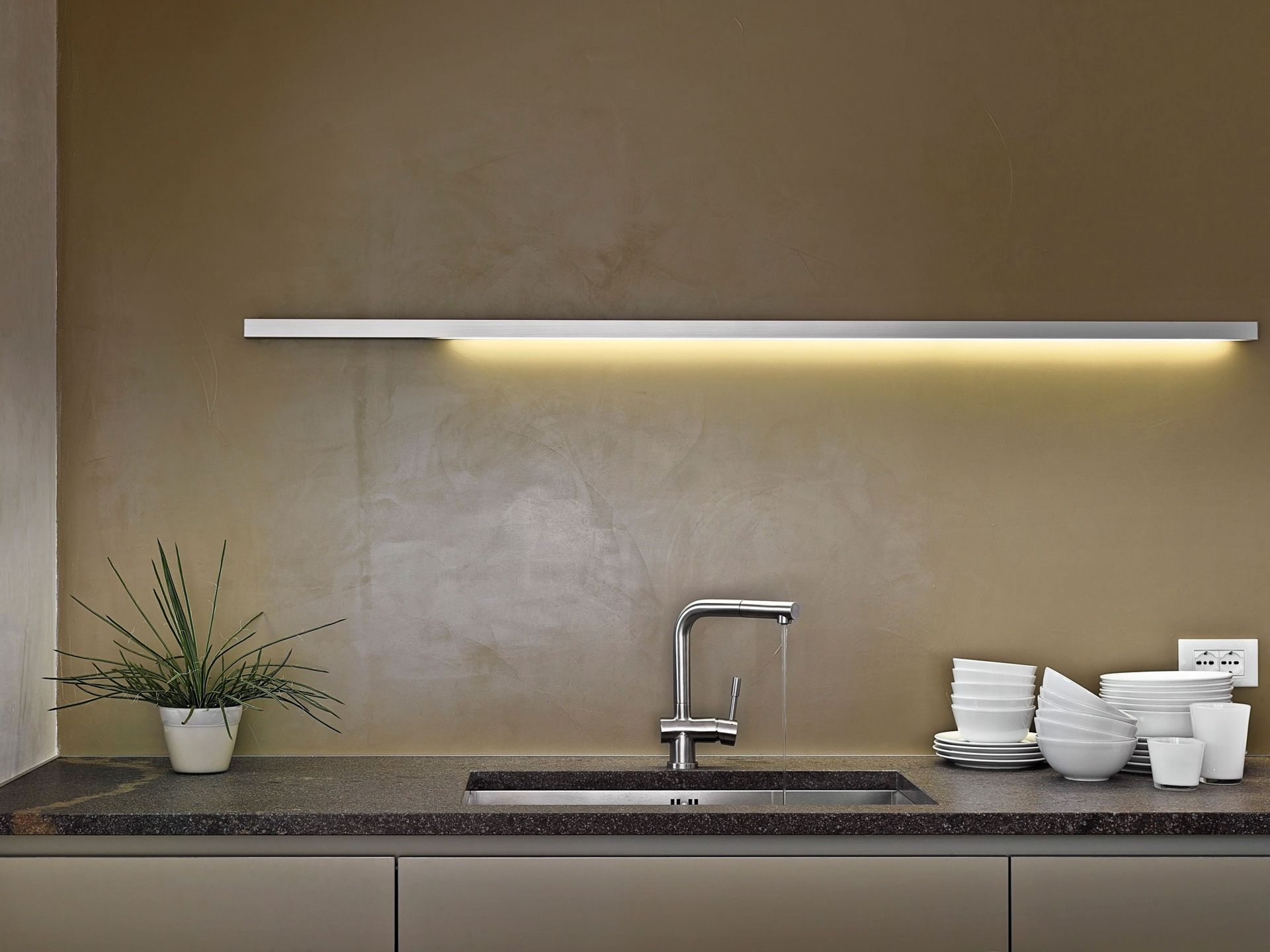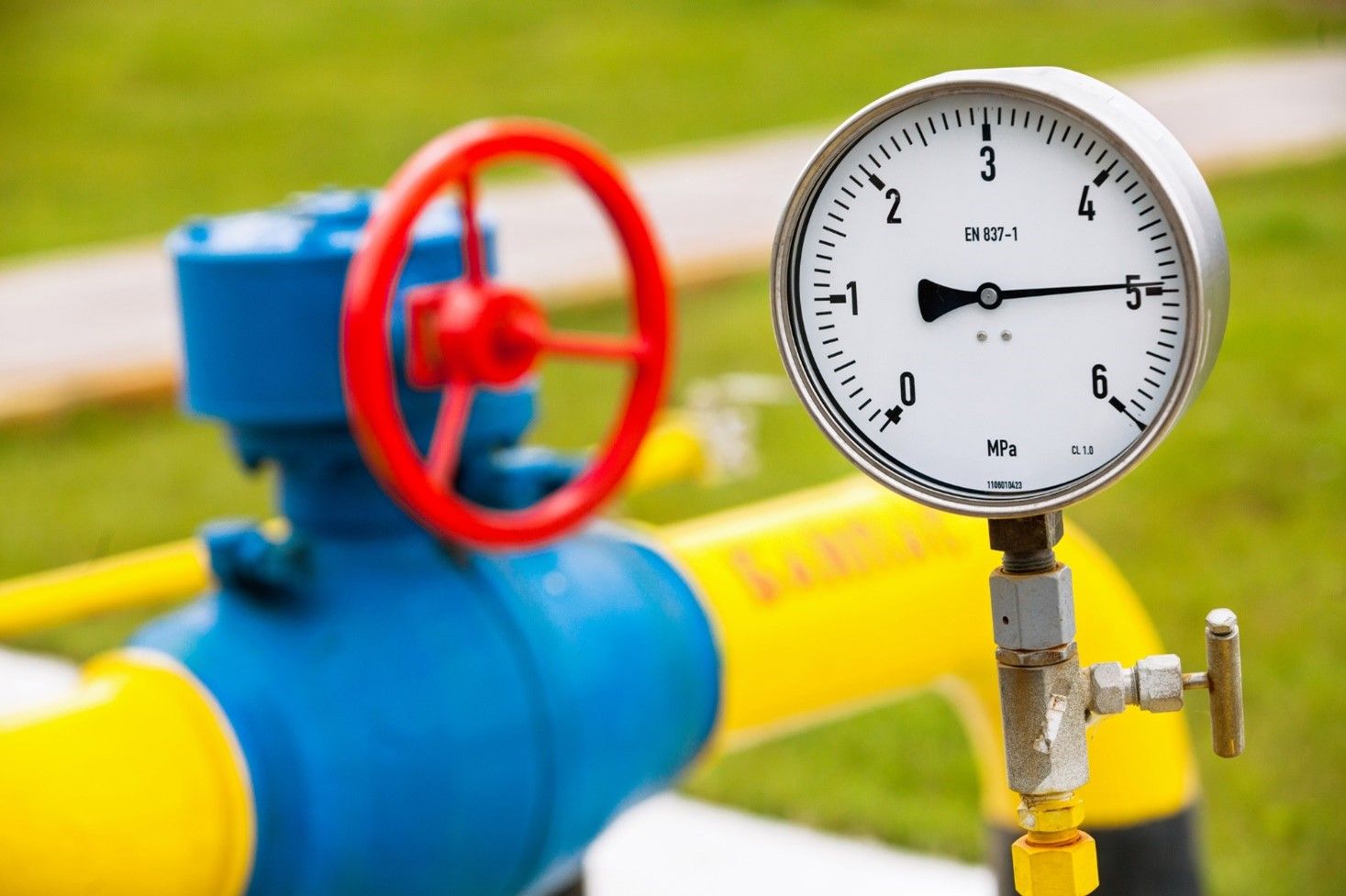How to Insulate Your Hot Water Tank
If you’re looking for ways to save energy around your home, your water heater is a great place to start. According to the U.S. Department of Energy, about 18 percent of your home’s energy usage goes to water heating. Here is a guide to insulating your hot water tank so you can take advantage of the energy savings this simple process can provide.
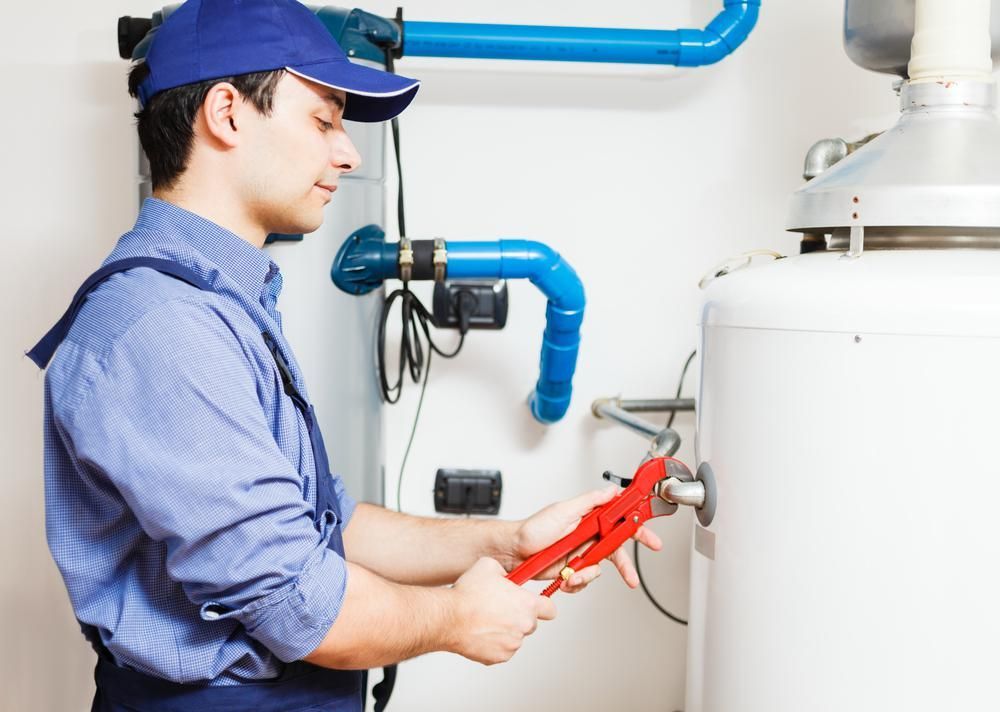
Why Do Hot Water Tanks Need Insulation?
It may sound too good to be true that something as simple and inexpensive as wrapping an insulating blanket around your hot water tank can reduce your energy bill for years to come. However, insulation on a water heater is effective because a portion of the heat that’s used to heat your water is always lost to the surrounding environment. This phenomenon is known as standby heat loss.
When you’re not running hot water, your water heater will stay in standby mode. In standby, the heater will reheat the water in the tank periodically so that hot water is always available when you need it. Some of this heat is conducted by the tank and then transferred to the air through convection. The larger your tank is, the more pronounced standby loss will be, as larger tanks have more surface area in contact with the air.
Is Insulating the Right Choice for Your Water Heater?
Several factors come into play to determine whether insulating a water heater is the right choice. The first thing to consider is where your water heater is installed. The temperature differential between the water in the tank and the air outside it affects how quickly standby loss occurs.
If your water heater is in an interior closet or elsewhere in your home that is heated in the winter, you may not see significant savings by insulating it. Water heaters that are outdoors, in the garage, or in a cold basement have much more to gain from insulation.
The next question you should ask is how old your water heater is. Most modern water heaters don’t need any additional insulation, but water heaters from a decade ago were not as advanced in materials and construction.
A quick and easy way to gauge whether insulation would have any benefit is to feel the outside of your water heater tank. If the tank is warm to the touch, heat is being lost to the environment and additional insulation could provide savings. A tank that is cool is already insulated well enough.
How Do You Apply a Water Heater Insulating Blanket?
Insulating blankets are sold in a variety of sizes to fit different water heaters. Check the side of your water heater tank for a label that specifies the size in gallons so you can find the best fit at a local hardware store. A loose-fitting blanket won’t insulate your tank properly.
Turn off the power to your water heater and turn the gas valve to pilot if the tank uses gas. Wrap the blanket tightly around the tank, and use a marker to trace the outline of any valves or panels that are covered by the blanket. Remove the blanket and cut along your marks with scissors, then replace the blanket and secure it with electrical tape. If you have a gas heater, make sure you don’t cover the top with the blanket.
After you’ve insulated your water heater, turn the power and gas back on and try lowering the thermostat by 10 degrees. The insulation will allow you to run your water heater at a lower temperature while still keeping your water comfortably warm.
Insulating your water heater is one of the easiest options for reducing your energy bill. For all of your questions about water heater repair, replacement, and energy savings, contact us at
Quality Plumbing so our experienced technicians can help you.
Contact us today for a consultation!

★★★★★
The total process from booking a service call, by phone, to the installation of a steel reinforced waterline hose on our refrigerator, was a pleasurable experience. A retired plumber recommended QP. Jeff had to pull out the refrigerator, remove the plastic waterline, install the new waterline, check to make sure the water dispenser was working and put the refrigerator back. Jeff was careful and mindfull of our wooden floor as the refrigerator was in a built-in cabinet. Since we live in a condo we want to eliminate all possibilities for a water leak. Jeff not only did his skillful job, he also educated us on the different water supply lines. I would recommend QP.
- Janeine G.
Button
★★★★★
Quality Plumbing did a rough-in plumbing install for a bathroom and kitchen sink in my basement. Very communicative, helped plan the space, and did a great job on the install. Will be using them again!
- Ian H.
Button
★★★★★
Called them when my water heater broke, they were over same day with a new one. Logan is great, he's fixed a couple things over the last year and is always professional and informative.
- Nick B.
Button
★★★★★
Quality plumbing is amazing 👏 when my brothers home had a problem with water pressure, they were able to schedule quickly, identify the problem and provide cost effective solutions quickly. When they did the work, they were on time on budget and cleaned up everything afterwards. Thank you for your great service Quality Plumbing! …
- Rich R.

★★★★★
Quality Plumbing is my go-to plumbing company for all my projects. I had one big project and after meeting Jeff, I’ve specifically requested him to come out for my other 2 projects. He’s incredibly punctual, efficient, and keeps the area nice and clean. Great to communicate with and provides clear answers to all my questions. Jeff is very professional and knowledgeable in his craft. Every time I call, Delaney will always pick up my phone calls and get me scheduled right away. Never had great success with plumbing companies until I started working with Quality Plumbing. They have unbeatable prices and will provide you with an honest solution to your problems. Highly recommend choosing Quality Plumbing!
- Alex D.
Button

★★★★★
The total process from booking a service call, by phone, to the installation of a steel reinforced waterline hose on our refrigerator, was a pleasurable experience. A retired plumber recommended QP. Jeff had to pull out the refrigerator, remove the plastic waterline, install the new waterline, check to make sure the water dispenser was working and put the refrigerator back. Jeff was careful and mindfull of our wooden floor as the refrigerator was in a built-in cabinet. Since we live in a condo we want to eliminate all possibilities for a water leak. Jeff not only did his skillful job, he also educated us on the different water supply lines. I would recommend QP.
- Janeine G.
Button
★★★★★
Quality Plumbing did a rough-in plumbing install for a bathroom and kitchen sink in my basement. Very communicative, helped plan the space, and did a great job on the install. Will be using them again!
- Ian H.
Button
★★★★★
Called them when my water heater broke, they were over same day with a new one. Logan is great, he's fixed a couple things over the last year and is always professional and informative.
- Nick B.
Button
★★★★★
Quality plumbing is amazing 👏 when my brothers home had a problem with water pressure, they were able to schedule quickly, identify the problem and provide cost effective solutions quickly. When they did the work, they were on time on budget and cleaned up everything afterwards. Thank you for your great service Quality Plumbing! …
- Rich R.

★★★★★
Quality Plumbing is my go-to plumbing company for all my projects. I had one big project and after meeting Jeff, I’ve specifically requested him to come out for my other 2 projects. He’s incredibly punctual, efficient, and keeps the area nice and clean. Great to communicate with and provides clear answers to all my questions. Jeff is very professional and knowledgeable in his craft. Every time I call, Delaney will always pick up my phone calls and get me scheduled right away. Never had great success with plumbing companies until I started working with Quality Plumbing. They have unbeatable prices and will provide you with an honest solution to your problems. Highly recommend choosing Quality Plumbing!
- Alex D.
Button






